Pullups and chinups are not the only ways to build muscle and strength in your lats and mid-back.
IF YOU HAVE A BALANCED, WELL-STRUCTURED WORKOUT PLAN, back day will be one of the highlights of your strength training schedule. Whether you take on the task of strengthening your upper body’s posterior muscles with a session entirely dedicated to the rear delts, traps, and lats like a bodybuilder or you focus on movement patterns and program a pull day within a larger push-pull-legs structure, giving your back muscles dedicated attention is critical for your posture, strength, aesthetics, and overall functionality.
The only question is, what instruments should you employ to target this vital muscle group? While some traditional back-builders utilize barbells (heavy rows and deadlifts), machines (lat pulldowns and machine rows), and even their own bodyweight (pullups and inverted rows), strengthening your back muscles using dumbbells provides a variety of benefits. Above all, these important strength training devices can provide more accessibility than almost any other equipment.
However, the benefits of dumbbell back workouts aren’t limited to beginners or those without access to other equipment. Experienced lifters can use the equipment for productive workouts, in addition to bodyweight and heavy barbell training. Dumbbell exercises should be a major component of any thorough back muscle training regimen since they provide versatility that other instruments do not.
The benefit of dumbbell exercises
● Perfect for rows.
● Promotes improved posture.
● Allows for weight progression.
● More accessible compared to other tools.
Dumbbells allow you to work with a variety of loads, making them a more accessible tool for novices to back training. Pullups and chinups can be particularly tough for beginners because to the demands on strength and form, and barbell workouts can be challenging for the same reasons. It is preferable for you to be able to learn the movements with loads you can handle rather than struggling to complete a single rep, compensating on form and risking injury.
With a pair of dumbbells, you can develop the back strength required to master chinups and pullups, as well as exercise the essential muscle groups that protect your shoulder blades and improve your posture.
This is due in part to the fact that dumbbells allow you to perform the row, which may be the most important back workout of all. It’s a dumbbell workout that simultaneously works your rhomboids, mid-back stabilizers, and lats.
Think about your posture while reading this: You’re most likely leaning forward little, shoulders forward, back muscles relaxed. A row is a “horizontal” pulling exercise, which means it pulls your shoulders down toward your back with each rep, allowing you to focus shoulder blade squeeze. In just a few weeks, you’ll be standing taller and more resistant to shoulder issues.
Including dumbbell back workouts in your routines accomplishes all of this while also helping you grow the desired back muscle and strength by stacking thickness between your shoulder blades and throughout your upper back. This is especially true when you incorporate heavier-weight dumbbell back workouts like farmer’s carries, forceful dumbbell rows, and incline rows.
Furthermore, dumbbells are more accessible to some exercisers than other forms of gym equipment, such as barbells or exercise machines; many people have considerably greater access to a pair of dumbbells than heavy plates and machines that require club subscriptions.
The Best Dumbbell Back Exercises
Begin with these dumbbell back workouts, which provide a balance of accessibility and challenge.
Dumbbell Rows
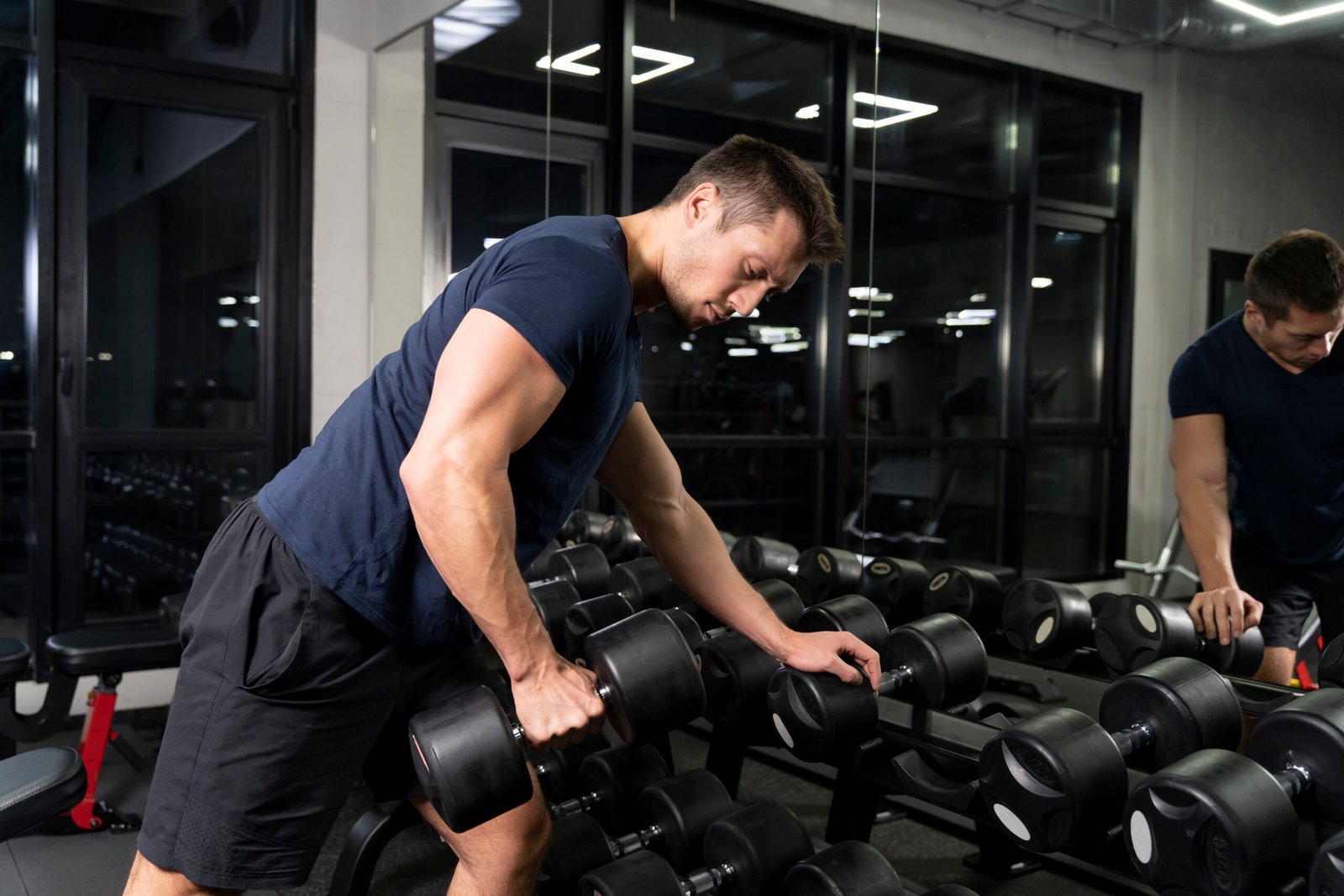
Why: The basic dumbbell row is one of the most effective back exercises, targeting both the lats and the rhomboids. And if you perform it correctly, keeping your hips and shoulders square to the ground, you’ll develop considerable core strength. Just be sure not to round your back. One of the most appealing aspects of the dumbbell row is that it may eventually be loaded with heavy weight, making it an important muscle-building exercise.
How To Do It:
Stand in front of the bench, feet shoulder-width apart. Push your buttocks back and lower your torso, extending your off arm to place your hand on the bench. Make sure your shoulders are over your hips.
Grab the dumbbell with your working hand. Squeeze your glutes and abs to create total body tension. Your back should be flat and your head in a neutral position.
Squeeze your mid-back muscles to propel your elbow upward, rowing the weight. Maintain your shoulders level and avoid rotating your lower back.
Pause for a beat before lowering the weight back down.
Incline Row
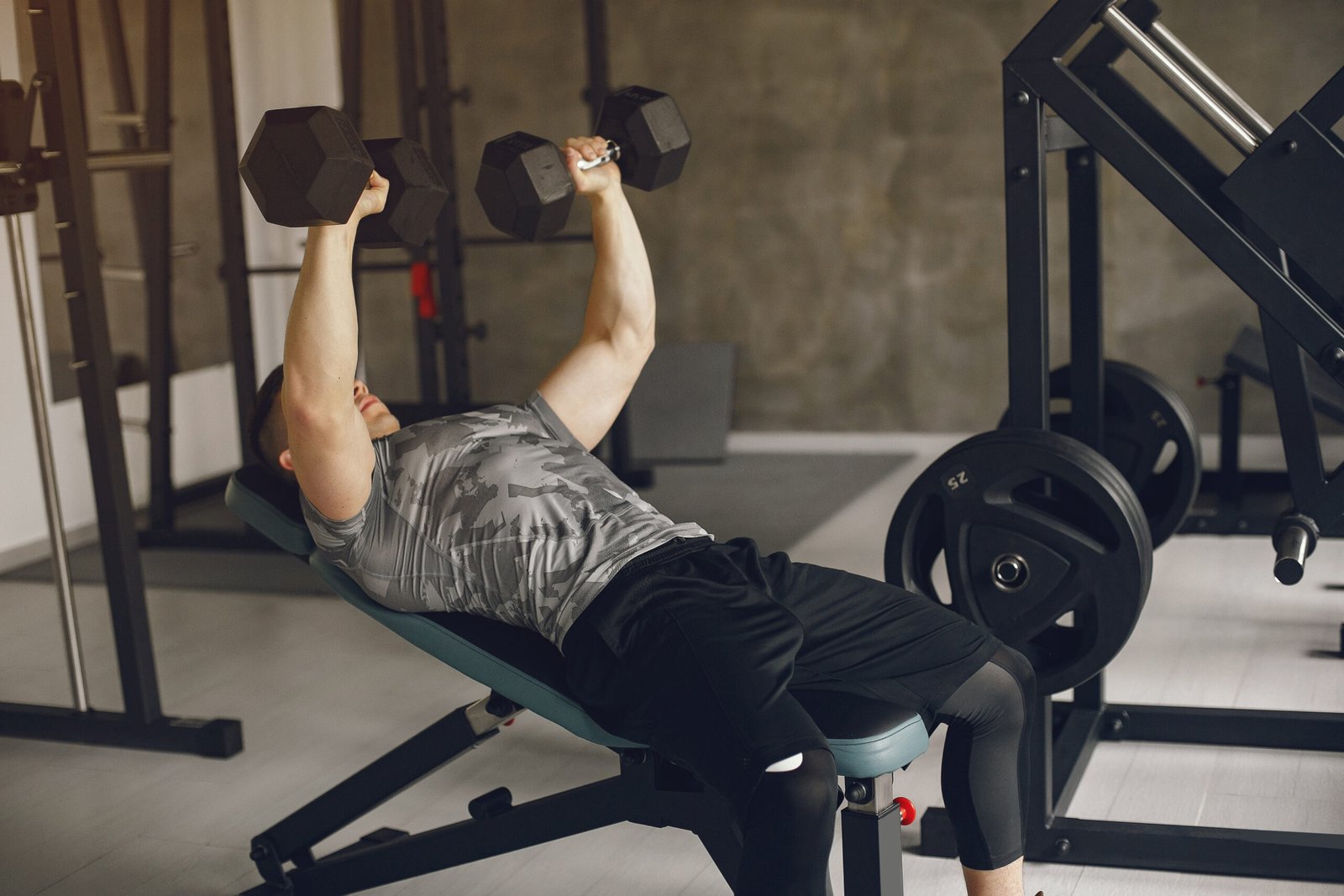
Why: The incline row, one of the harshest row variations available, comes in close second to the dumbbell row. When performing traditional dumbbell rows, it is simple to let your torso rock back and forth, generating momentum rather than pushing the weight only with muscle. The incline bench helps to eliminate this by gluing our chest to the pad and somewhat modifying the angle of pull, allowing you to attack your lower lats more effectively.
How To Do It:
Begin with your chest on an incline bench at a 45-degree angle and dumbbells in your hands.
Squeeze your abs and glutes to maintain your core firm. Squeeze your shoulder blades together to engage your mid-back muscles.
Pull your upper arms back, then row the dumbbells to your chest. Squeeze your shoulder blades at the top of each rep.
Lower yourself back to the starting position.
Elevated Plank Row

Why: By holding a plank position throughout the set, you may incorporate a core training component into the basic row. You’ll engage your back muscles just like you would with a conventional dumbbell row, but you’ll have to resist rotating forces to stay elevated on the bench. The end result is a useful exercise that allows you to do double duty for a more thorough workout.
How To Do It:
Get into a plank position with your weight on one forearm on a bench. Squeeze your core and glutes to maintain a straight spine.
Use your other arm to grab your dumbbell. Squeeze your back muscles and row up until the weight reaches your ribs, then hold for one beat.
To avoid losing balance, lower yourself back to the beginning position while continuing to press your back, core, and glutes.
Switch arms and repeat on the opposite side.
Dumbbell Pause Romanian Deadlift
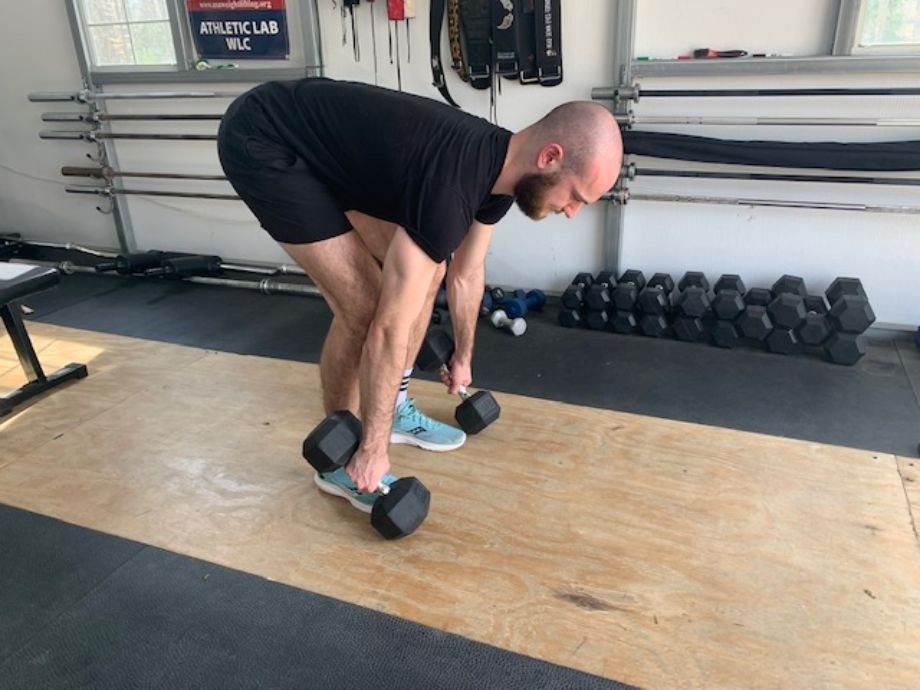
Why: Because deadlifts are so beneficial to your glutes and hamstrings, you may consider them a lower-body exercise. That’s not inaccurate, but deadlift variations work your complete posterior chain, including your spinal erectors, low back muscles, and even your larger back muscles like the delts and traps. Importantly, to avoid energy leakage and injury when performing deadlifts, you must maintain proper upper body form, making the back muscles an essential component of a successful rep. This variant, which includes a pause halfway through, is a wonderful method to fine-tune your technique. To support the weight, you’ll need to build a lot of tension in your torso and lock your upper back and shoulders.
How To Do It:
Stand with your feet about shoulder-width apart and take a pair of dumbbells from a bench or box.
Keep the dumbbells at your sides, shoulders back, core tight, and glutes clenched
Push your buttocks back as far as possible as you lower your torso, keeping the dumbbells close to your shins—don’t let them hang too far front.
Pause at the bottom for a count, then start standing back up.
Pause once the weights have reached knee level. Make sure your hips remain lower than your shoulders.
Stand up to the starting position.
Dumbbell Pullover
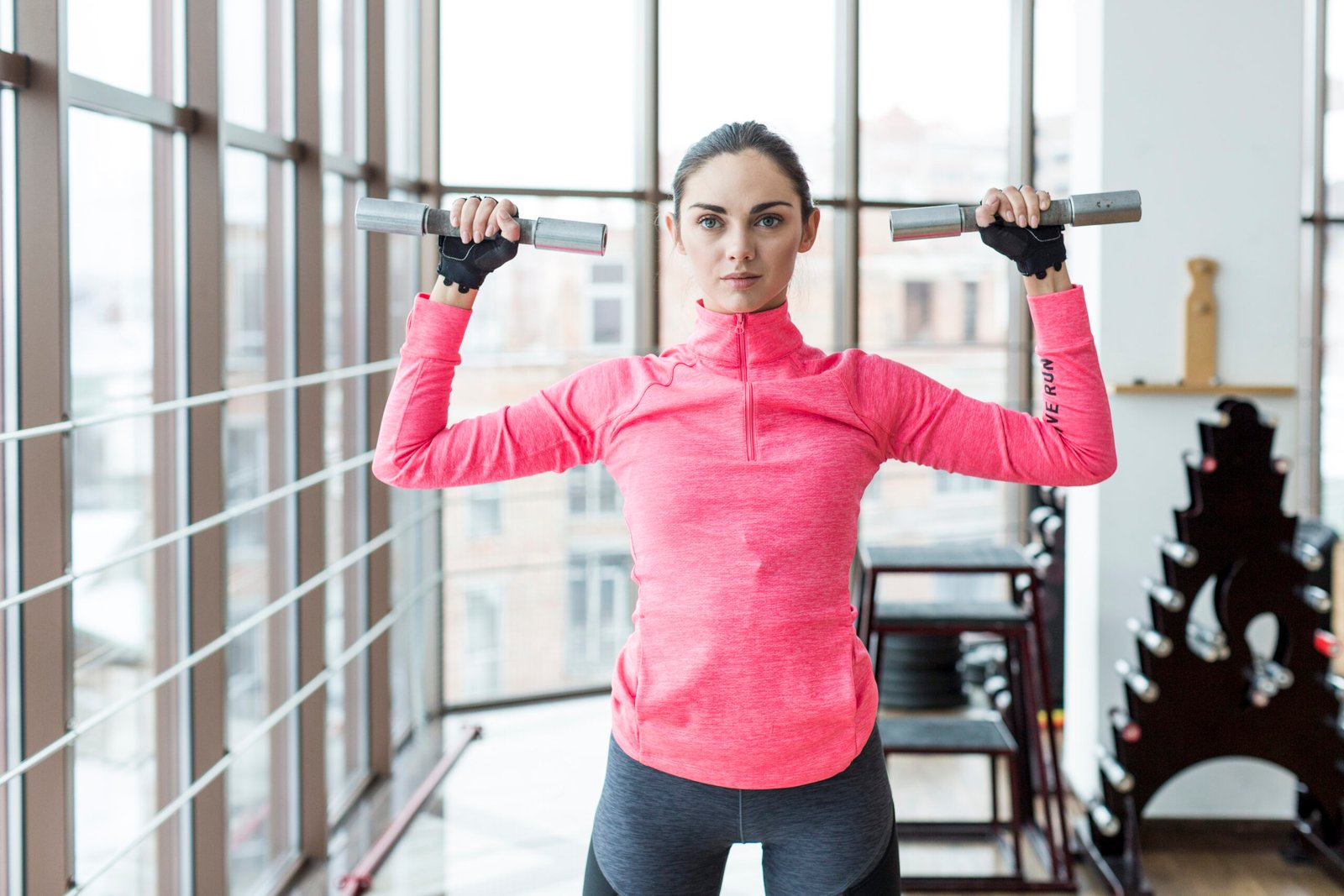
Why: This old-school bodybuilding favorite targets your lats while simultaneously working your chest, shoulders, and core. The goal here is to work from the right overhead posture on the bench, preventing your ribcage from flaring as you complete the reps. Keep your shoulders within a healthy range of motion and avoid overextending them.
How To Do It:
Set up your shoulders on the edge of a weight bench, making a 90-degree angle with your knees and the floor. Squeeze your core and glutes to maintain tension and prevent your ribs from flaring.
Raise the dumbbell straight overhead, holding the top of the weight with both hands, and press your shoulder blades onto the bench. Push the pits of your elbows forward to “turn on” your lats.
Slowly drop the dumbbell back over your head while keeping your elbows straight. Only go as deep as your mobility allows.
Bring the weight back up to the starting position.

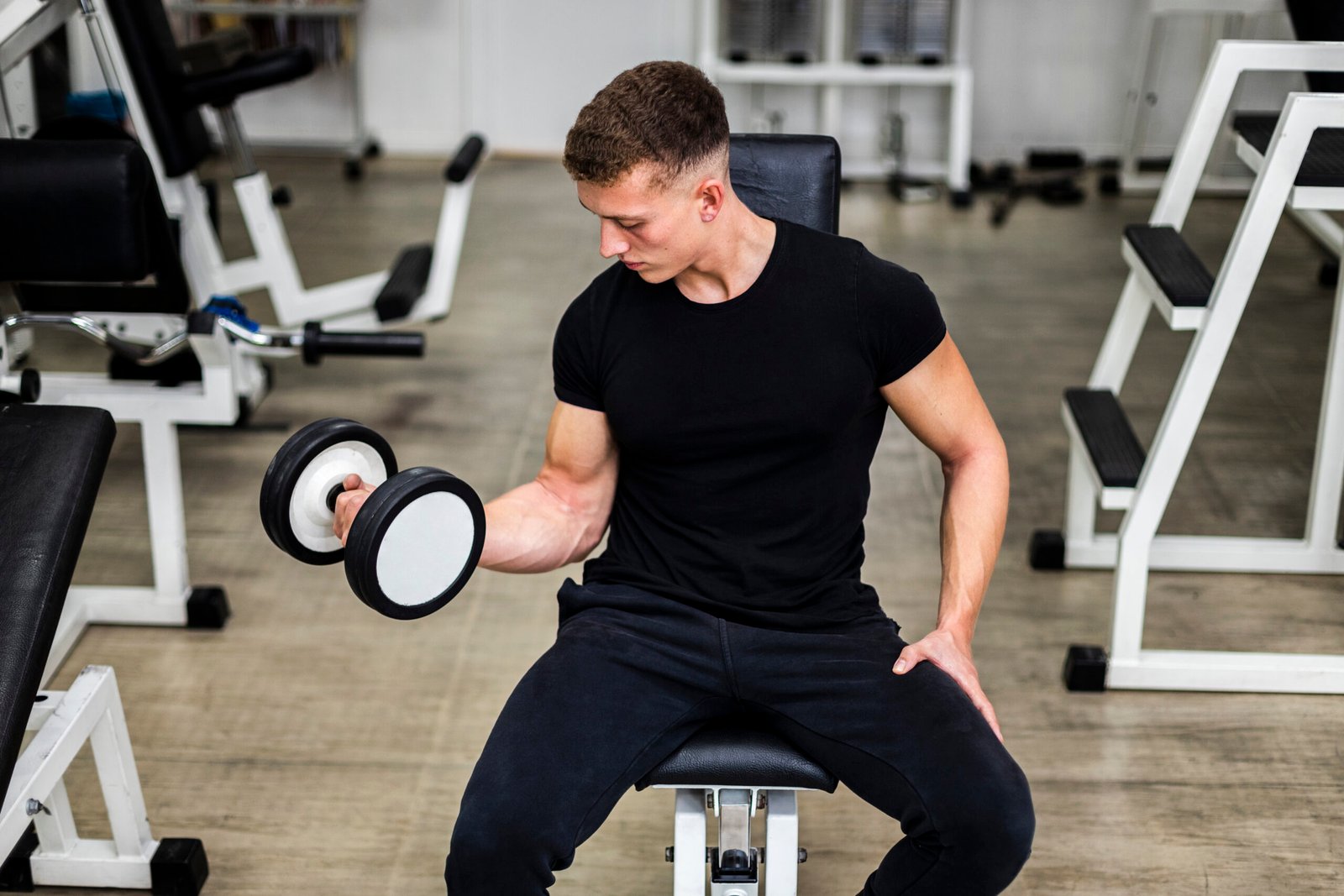
Add a Comment